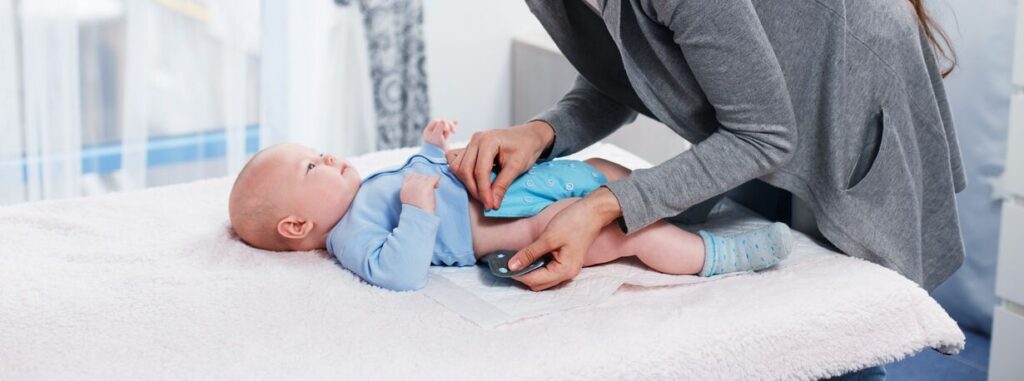Sydney circumcision babies soon after birth is often done; however, preemies or those born with physical abnormalities may need to wait longer before being circumcised. Circumcision may also be used on older children and adults for various reasons.
Doctors typically administer local anesthetic to numb the area prior to performing surgery and apply a topical anesthetic or antibiotic ointment to the penis after it has been released from its clamp or plastic ring.
Bleeding
Circumcision Melbourne can be controlled with an antiseptic ointment, usually lasting 1-3 days before stopping completely. If it continues, however, meatitis may develop due to irritation of the glans penis from urine exposure and diaper friction; dressing the area with petroleum jelly will help soothe irritation while protecting from infection.
Newborn babies tend to remain awake during this process but will typically be placed in a swaddle or Velcro restraints on their arms and legs to keep them still during surgery. A local anesthetic injection or application may also be given; in either instance acetaminophen may also be given as pain medication.
Circumcision should not be performed on babies born with blood-clotting disorders or with genital abnormalities. Furthermore, circumcision is not advised in premature infants who are still receiving medical care in a hospital nursery; circumcision could potentially increase complications.
Swelling
Swelling after circumcision is normal and may be most visible near the head of the penis where the foreskin was removed. This fluid build up causes swelling that should dissipate over time; until your doctor tells you otherwise, keep this area free from soap, lotions or creams that could potentially irritate it.
Gomco clamp method involves using a plastic bell-like device tied around the foreskin that’s being removed to cut off its blood supply, with this piece falling off gradually over a couple of weeks or months; additionally, some blood-tinged drainage may occur immediately following surgery.
Cleaning and drying the penis regularly is key to managing swelling. Use warm water several times each day to rinse the area, patting dry afterwards with a soft towel, and use petroleum jelly lubricant between diaper changes as an aid to help the penis slide more freely through its waistband.
Discomfort
Many parents opt to circumcise their sons for religious and cultural reasons. Parents should carefully consider all relevant medical information within the context of their beliefs when making this choice.
Boys who are circumcised face less risk of infection at the penis tip, and are also less likely to contract sexually transmitted diseases such as HIV and HPV.
Bleeding from surgery sites is usually managed using direct pressure, absorbable gauze and sterile dressing.
After circumcision, it is crucial that your newborn receives plenty of fluids in order to prevent dehydration and aid healing of the area. A topical anesthetic or local anesthetic may be administered during or shortly after surgery in order to reduce pain during and for several hours afterward; Acetaminophen may be given alongside these anesthetics to further ease any pain experienced. Newborns should be held gently as the anesthetic wears off; it’s normal for them to fuss as this occurs.
Pain
Circumcision for newborn babies may or may not be painful depending on its method, and doctors typically administer local anesthetic. To ensure a smooth experience for you and your newborn baby, be sure to inform their physician of any family histories of bleeding disorders or health conditions that could increase his sensitivity to pain.
Your baby will likely be secured in a restraining device during circumcision to keep him still and reduce pain during the procedure, while being given a sugar water-soaked pacifier to ease any discomfort during his circumcision, which should last less than 10 minutes at most.
Once the procedure is over, the head of your penis may look red, swollen, or bruised; this is normal and should subside within a week or so. Washing it several times daily with plain water and applying petroleum jelly can speed up healing time.

